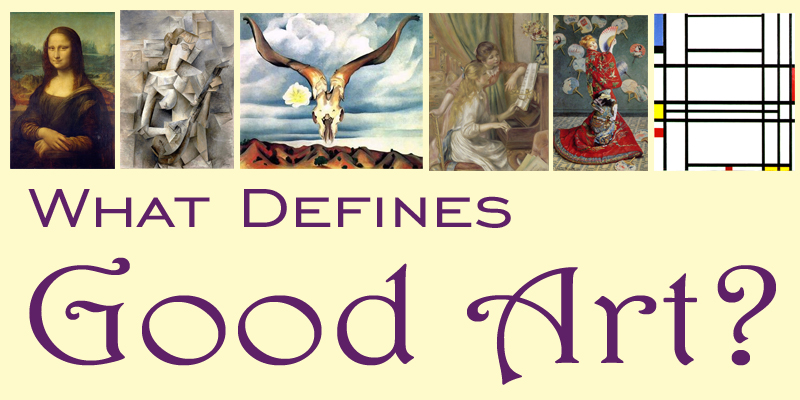
What Defines Good Art?
It’s a question we discuss at Blackstone Valley Art Association events all the time. Even amongst experienced artists, the question seems to have no easy answers. Many members hold diametrically opposed points of view on some aspects of this.
Oscar Wilde: “The mark of all good art is not that the thing done is done exactly or finely, for machinery may do as much, but that it is worked out with the head and the workman’s heart.”
Many view good art as being art which entices you to stay, contemplate, and think about its layers and meanings.
Nile Rodgers: “Art, well good art at least, takes you to a place you go during the experience of it, and then after you experience it you are different.”
Amitava Kumar: “The thing about good art is that it makes you look at things in a new way.”
Many feel it’s the artist’s talent which brings this experience to life.
Edgar Degas: “Art is not what you see, but what you make others see.”
Marc Chagall: “Great art picks up where nature ends.”
Francis Bacon: “The job of the artist is always to deepen the mystery.”
We’ve heard from members who have gone to an art show and stared at a specific piece for a half hour, marveling at the impression the piece creates. The person goes away feeling changed and wanting to tell people about that experience. That would seem to be a hallmark of good art.
Here are just a few views from our own BVAA members. The views are all presented anonymously. I’ve used some images from BVAA members to illustrate some points. The artwork I chose to help clarify a comment isn’t by the commenter – it’s just a helpful way to show what the commenter means. We’d love to have more comments in the mix to present all angles to this issue. Please email us in with your own thoughts!
Note that you’ll probably disagree with some of these statements. That’s the point :).
* * *
“All art – photography, painting, etc. – can be judged by the same overall artistic criteria. They all need a good, balanced design. They need a pleasing range of light-to-dark ratio. Attention should be paid to how the eye flows through the work. Skill in execution and time invested in the creation should be taken into account.”

Images by Al Weems (left) and Bev Tinkelenberg (right)
. . .
“Photography and non-photography cannot be judged together. They have entirely different skill sets. A photographer poses the scene, carefully explores the angles, sets the lighting, adjusts the exposure, sensitivity, speed, and other settings. Then once the photo is taken, hours of work are invested in post-processing to bring the image’s beauty out. If just one thing is off with the composition, the photograph cannot be brought to its full expression. There might be no opportunity at all for a second chance. In comparison, a non-photography artist can just slap on paint or scrunch an image and be done. If they spot a flaw, they just repaint.”
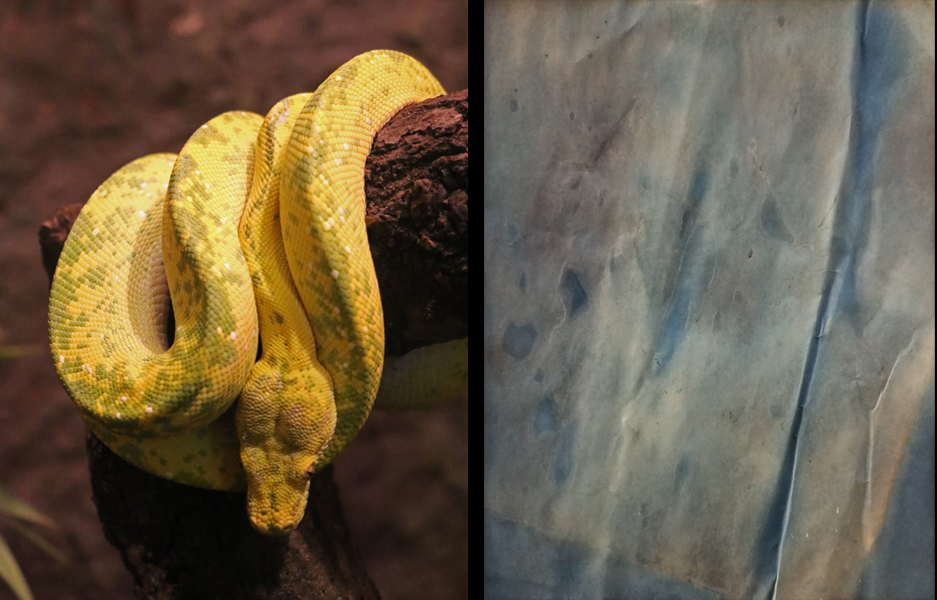
Images by Bob See (left) and Lisa Shea (right)
. . .
“Photography and non-photography cannot be judged together. They have entirely different skill sets. A photographer simply finds an existing scene, perhaps turns a dial, and presses a button. A painter must create from scratch a scene, draw it, mix each color, and use proper painting techniques with layers upon layers, all timed to the paint’s drying time. It can take months for the work to be complete.”
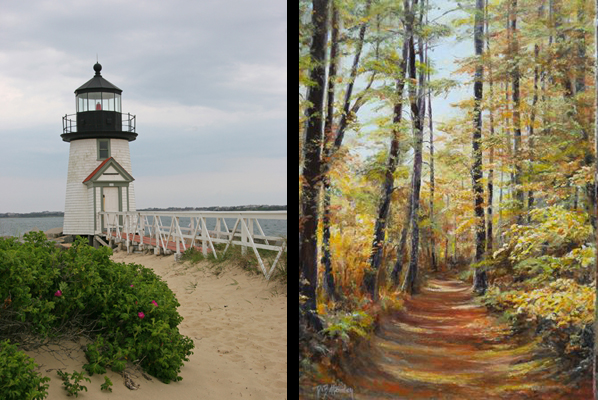
Images by Bob See (left) and Deb Bottomley (right)
. . .
“A photograph which is manipulated in any way is not art. The image should be taken on “auto” mode, so the camera most clearly represents the scene before it in full focus. That image should be presented without any alteration or change.”
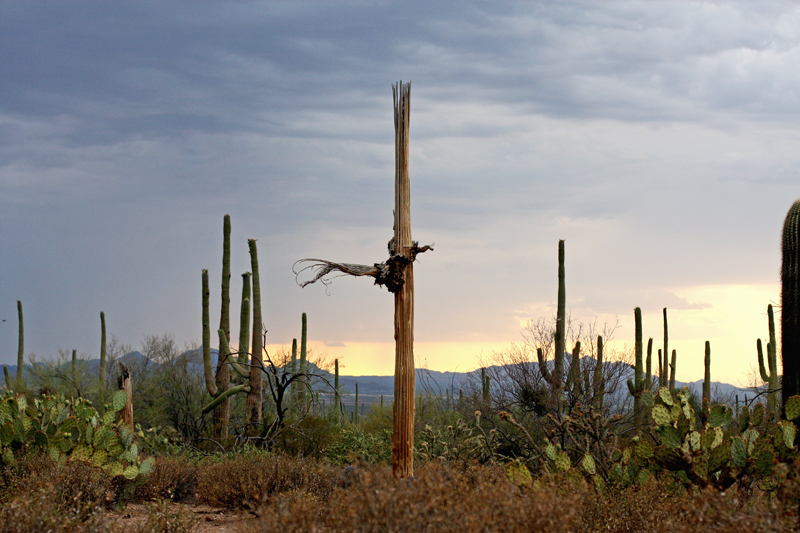
Image by Bob See
. . .
“A photographer’s camera should be attentively adjusted by the artist via use of the aperture setting (depth of field), time setting (shutter speed), and ISO (sensor sensitivity). This allows the artist to showcase the scene before the user in a way a human would see it. Too often, just using “auto” on a camera creates an artificial, mechanical view of the scene. “Auto” does not represent the way human beings actually view scenes with their eyes.”
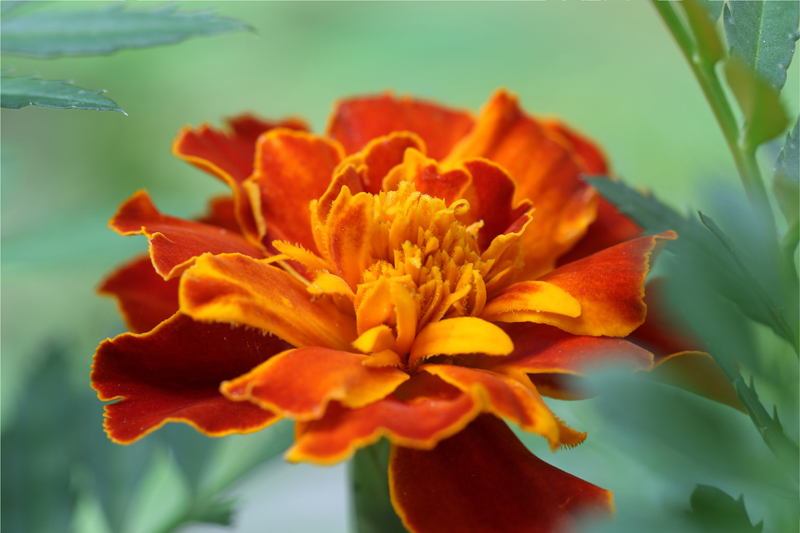
Image by Bob See
(This image showcases how changing the camera’s aperture opening size can allow the focus to be on a particular item, which is what the human eye does. When our human eyes point at something, the remaining items in our field of vision go into a softer focus.)
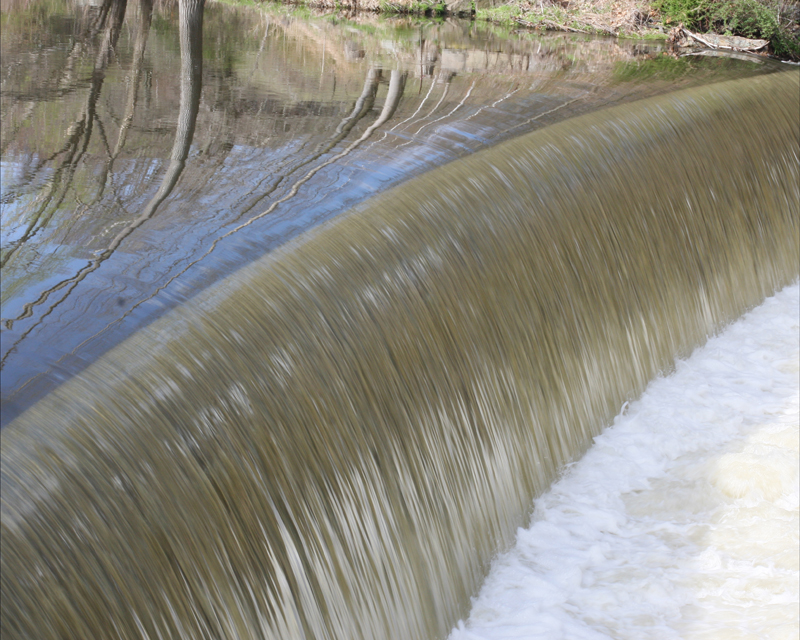
Image by Lisa Shea
(This image showcases how changing the camera’s time setting can allow blurred water which is how the human eye would see it. In comparison, cameras, being mechanical, tend to freeze motion. In sunny conditions, a camera would tend to show this waterfall with frozen-in-time water.)
. . .
“A photographer who simply makes a ‘snapshot’ of a scene is not creating art. They are just documenting nature’s layout and therefore fifty people standing in that spot with similar cameras would all create duplicate images. It’s mechanical, not artistic. The true artistry is when an artist works with that image to bring out their own unique vision of the scene.”
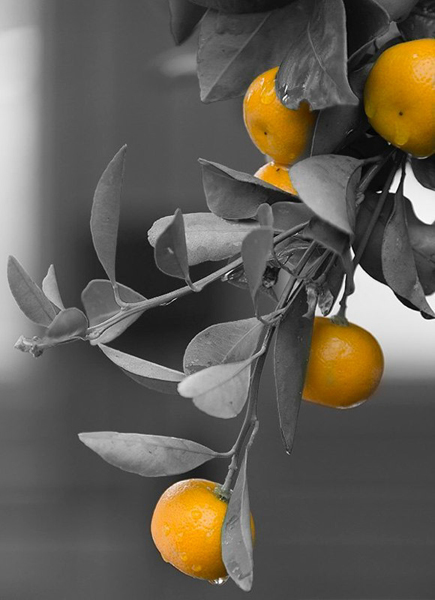
Image by Bob Evans
. . .
“An artwork must be in a classic style and medium in order to be judged properly. That way there is an established set of rules, such as composition, balance, color values, use of perspective, to do the judging.”
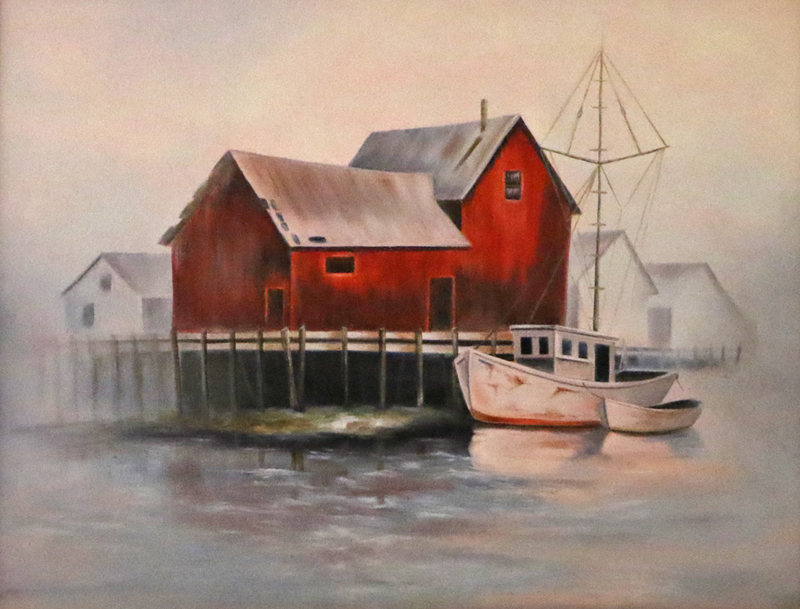
Image by Bonnie Frederico
. . .
“An artwork which explores new media and presents creativity in expression should get credit for that excursion of the imagination. The artist invested inspiration into the process which is not necessarily evident in an artist who is daily churning out nearly-identical, although pretty, landscapes.”
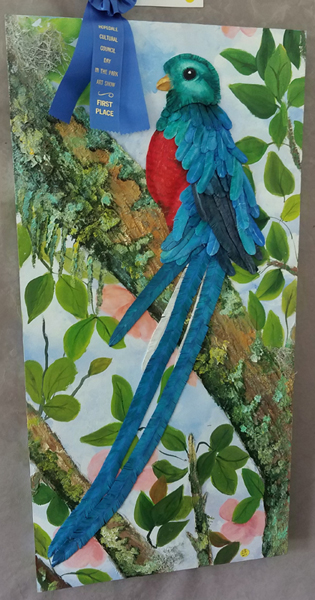
Image by Libia Goncalves – a 3D mixed media created with foam and other items
. . .
“Artwork needs a full range of values (light to dark range) in order to be good. Great art showcases that range fully.”
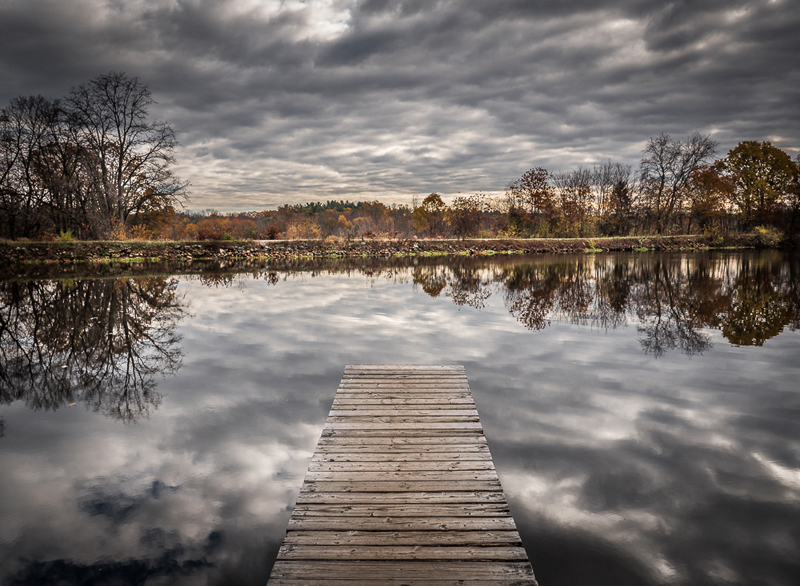
Image by James Hunt
. . .
“Artwork can elicit different emotions by focusing on just one area of a range. For example, just focusing on the midrange can provide a serene, gentle feel which an addition of darker colors might impact.”

Image by Lisa Shea
. . .
“Good art (one which wins a prize) should be the result of explicit effort. An item which wins should represent the artist’s investment of time, energy, and perfected skill.”
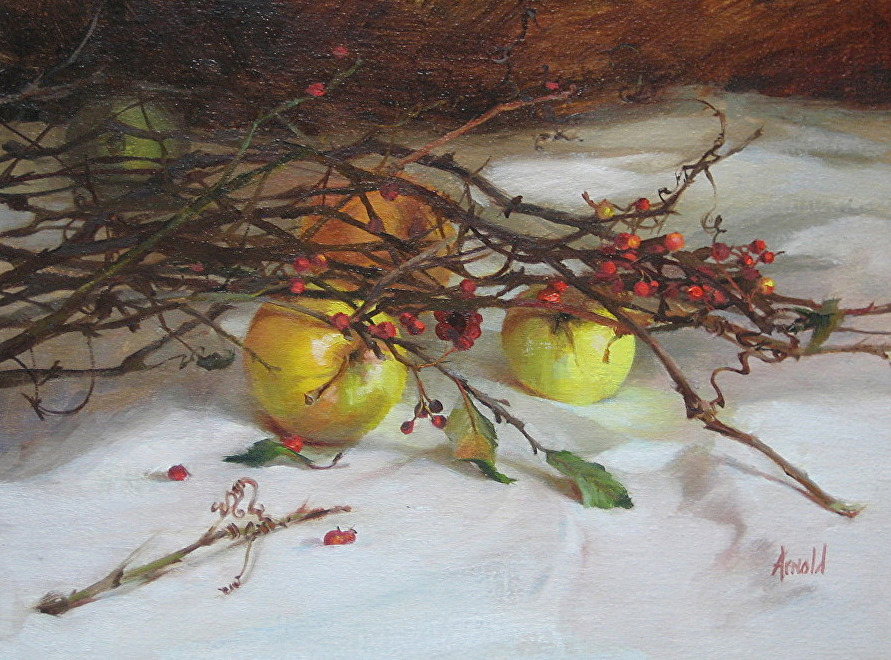
Image by Carol Arnold
. . .
“Good art is independent on the amount of time spent by the artist or the degree of training or experience. It is solely about the end result presented to the viewer. If viewers are enraptured by a piece of art for a half hour, it is that experience which defines of good art, wholly separate from the creation process up until that point.”
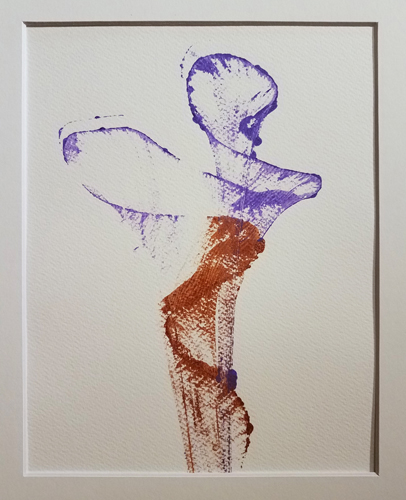
Image by Lisa Shea
. . .
“Good art must be technically proficient. It should showcase a knowledge of proper technique, whatever the medium. There should be minimal visible flaws.”
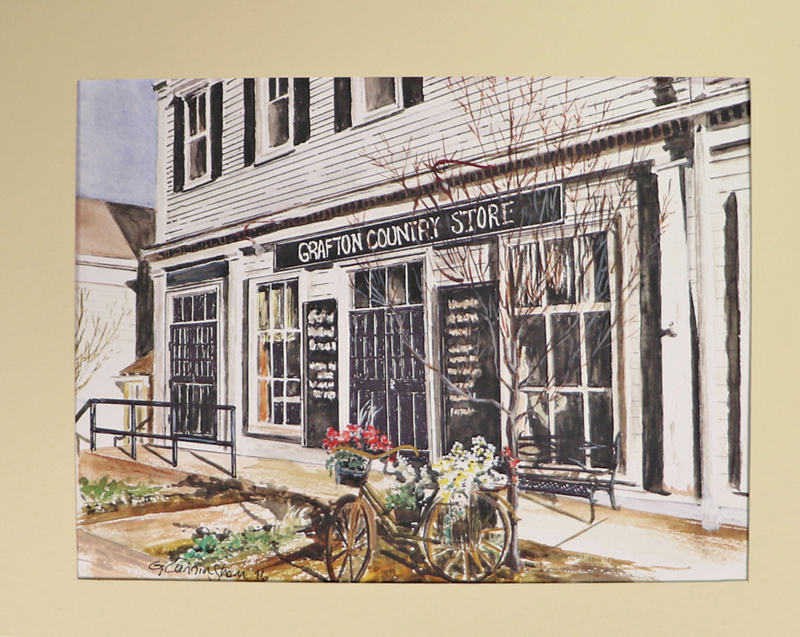
Image by Gary Cunningham
. . .
“Good art should intrigue the viewer. Many times, what might seem to be a ‘flaw’ is a way of drawing the eye or emphasizing something in an unusual manner.”
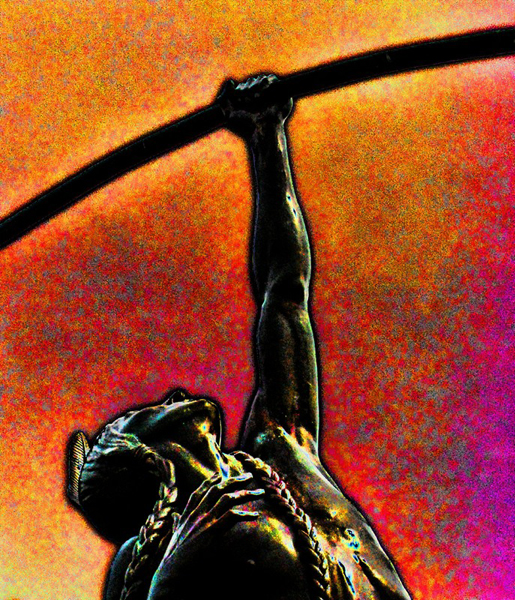
Image by Mike McCool
(Mike’s original photo has been brought out of focus and the sky altered to create an artistic impact which might have been lacking in the basic “snapshot” of this sculpture).
. . .
“Good art is art which, all other things being equal, sells. It needs to be something which most visitors to the gallery would be drawn to buy for their living room. Well-executed flowers and serene landscapes would rate higher than a creepy doll face. After all, the gallery needs money if it’s going to remain in business to have more shows and to help more artists.”
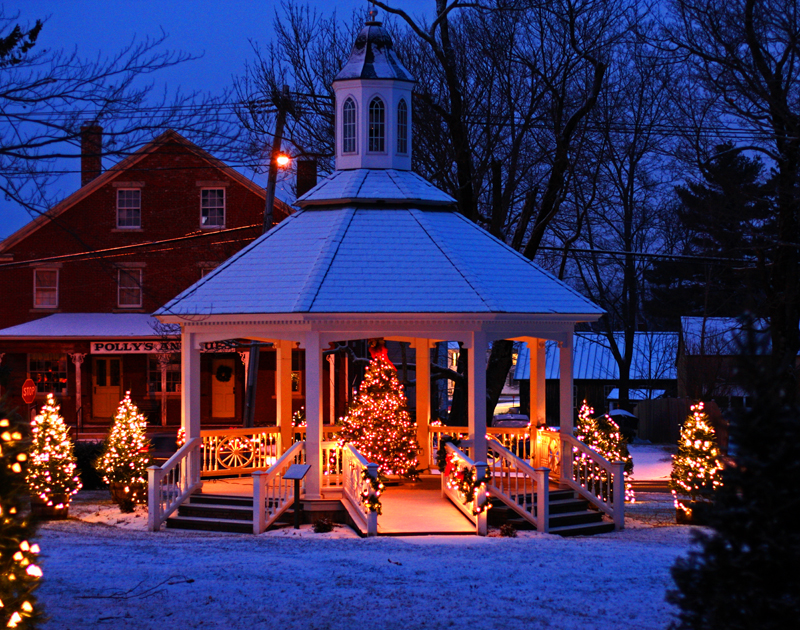
Image by Bob See
. . .
“Good art is art which, all other things being equal, is memorable and provokes a reaction. Art should move and change you. If the art shows the eightieth sunflower you’ve seen in the month, the reaction might be an extremely mild ‘That’s nice.’ If the art is a powerful, gritty exploration of your feelings on an issue, which stays with you for years afterwards, that would be worthy of showcasing. One can see sunflowers anywhere. Something new and unusual will make people think and remember. Even if it wouldn’t tend to sell.”
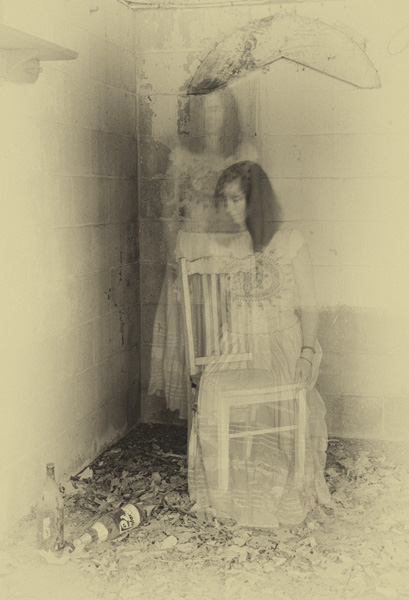
Image by Bob Evans
Please let us know what other thoughts you would add into this mix!
Also, I used a lot of Lisa Shea / Bob See images because a few of these comments could be read to reflect negatively on the artist. If someone wants to volunteer their art for one of the Lisa / Bob images instead, let me know! I suppose, conversely, if I’m using someone as an example and you’d rather I swap you out, that’s fine too :).
Join in the conversation! Share your thoughts!
Andy Warhol: “Everything has its beauty, but not everyone sees it.”